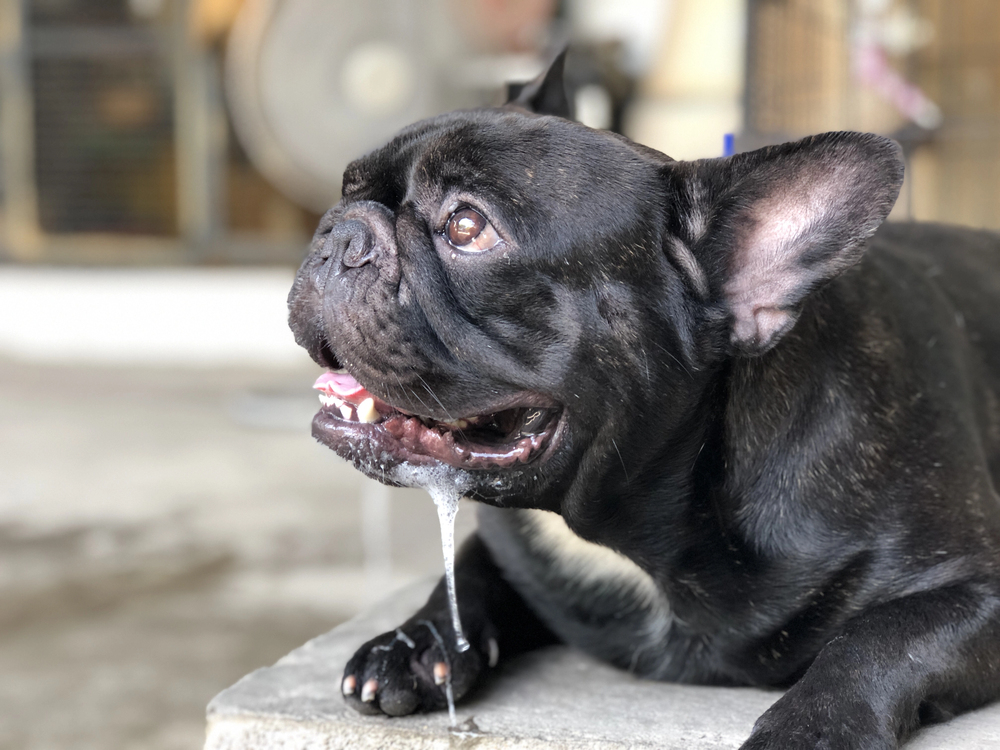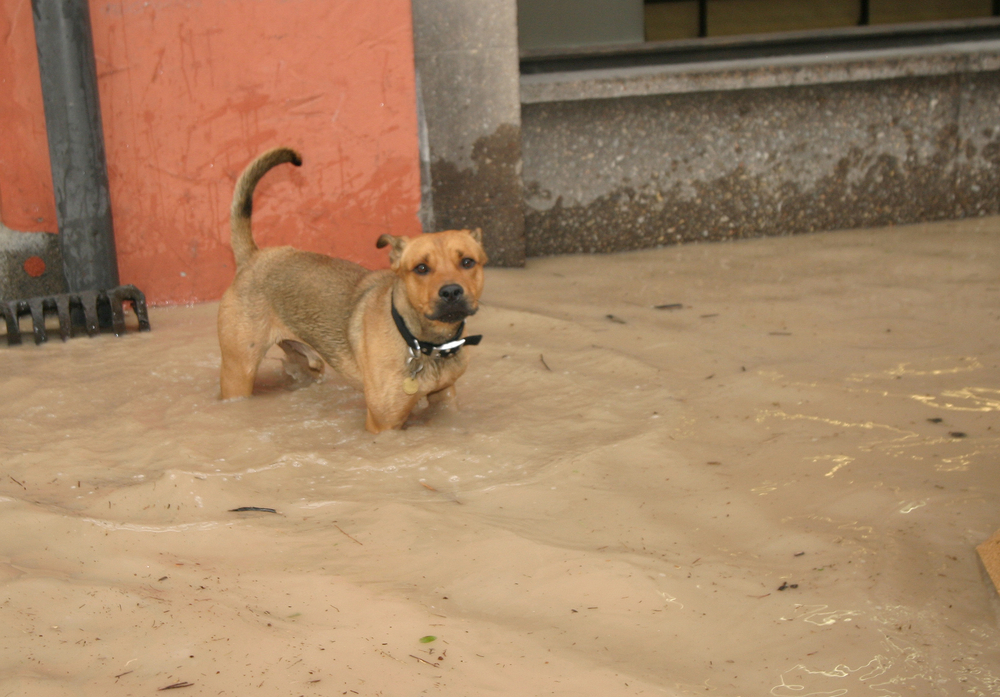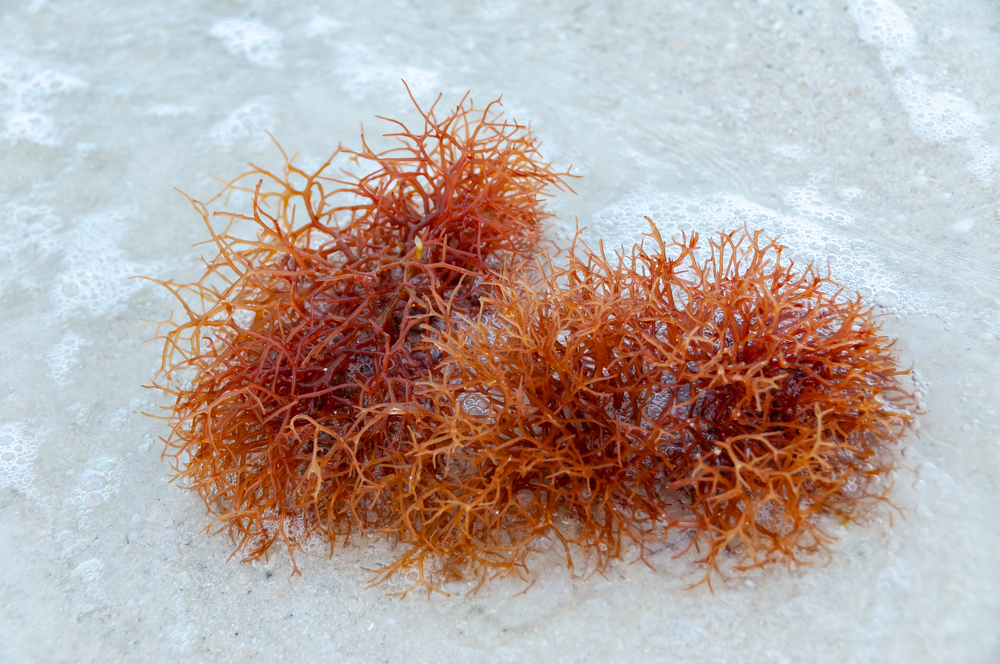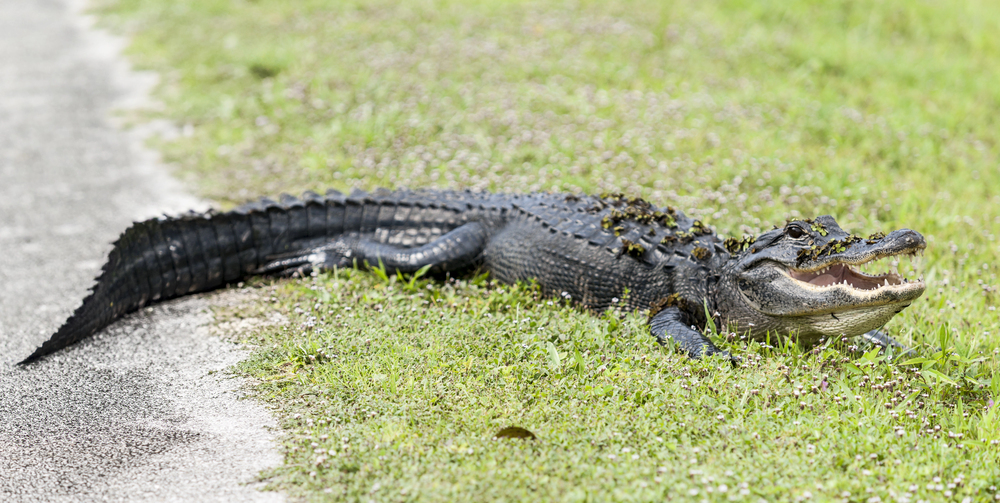
Keep your pet safe from these emergencies
Read Time: 8 minutes
When the weather turns extreme, it’s not just humans who feel the heat—or the cold. Pets are highly vulnerable to environmental emergencies, especially during periods of excessive heat, cold snaps, wildfires, or storms. Understanding how to recognize the signs of distress and respond quickly could mean the difference between life and death for your pet.
Heatstroke in Pets: What You Need To Know
Heatstroke, also known as hyperthermia, is one of the most dangerous and fast-acting emergencies pets can face during hot weather. Unlike humans, pets don’t sweat to cool down. Dogs regulate temperature primarily through panting, while cats and other small animals have even fewer mechanisms to handle high heat.
Common Signs of Heatstroke:

What To Do If You Suspect Heatstroke:
- Move your pet to a cooler area immediately—preferably indoors or into shade.
- Offer small amounts of cool (not cold) water to prevent shock.
- Apply cool, wet towels to the body, especially the head, neck, and belly.
- Avoid ice or ice-cold water, which can constrict blood vessels and slow cooling.
- Call your veterinarian or an emergency clinic right away.
Even if your pet seems to recover, heatstroke can cause internal damage that isn’t immediately obvious.
How To Prevent Heatstroke in Pets
These are some steps you can take to prevent heatstroke in your pets:
Hurricane Season: Protecting Pets During Florida Storms
Florida pet owners are no strangers to hurricane season. From June to November, the threat of tropical storms and hurricanes brings not just wind and rain—but also the risk of sudden evacuations, power outages, and structural damage. For pet owners, planning ahead is essential to ensure your furry family members stay safe during severe weather.
Before the Storm: Prepare Early
A little preparation goes a long way. Don’t wait until a storm is approaching to make a plan for your pet.
Build a pet emergency kit with:
Other smart prep tips:
During the Storm: Keep Pets Indoors and Calm
When the storm hits, your pet should be indoors with you in a secure, quiet space.
If your pet is prone to storm phobia, talk to your vet about calming options in advance of hurricane season.
After the Storm: Stay Cautious
Even after the wind and rain pass, hidden dangers can linger.
Planning ahead is the best way to protect your pets when hurricanes threaten.
Include them in your emergency plan just like you would any other family member—and you’ll weather the storm together, safely.
Flooding: Fast-Rising Dangers for Pets
In Florida, flooding can occur quickly—especially during tropical storms or even heavy afternoon downpours. Pets are particularly vulnerable to rising waters, hidden currents, and contaminated runoff.
How flooding affects pets:

How to protect your pet:
Thunderstorms and Lightning: More Than Just Loud Noises
Florida leads the nation in lightning strikes, and summer thunderstorms are a near-daily occurrence in many regions. While you may enjoy watching a good storm, your pet likely feels very differently.
Risks to pets:

How to help your pet furing dtorms:
Poor Air Quality: Invisible, But Dangerous
While Florida doesn’t typically struggle with urban smog, but wildfires and seasonal algae blooms can cause dangerous spikes in air pollution. Smoke and airborne toxins can be especially hazardous to sensitive pets.
Pets most at risk:

Protecting pets from poor air quality:
Toxic Algal Blooms: Hidden Hazards in Water
Florida is no stranger to red tide (saltwater) and blue-green algae (freshwater) outbreaks. These blooms can release toxins into the air and water that are highly dangerous to both humans and animals.
Why it’s dangerous for pets:

What to do:
Wildlife Encounters: Increased After Disasters
Storms, floods, and land development can displace Florida’s abundant wildlife—putting pets at risk of dangerous encounters with snakes, raccoons, opossums, and even alligators.
Common hazards include:

How to reduce wildlife risks:
Hypothermia and Frostbite: Cold Weather Risks for Pets
Florida might be known for its sunshine, but chilly weather still rolls in—especially during overnight cold snaps, winter storms, or unexpected temperature drops. While rare, pets in Florida can suffer from hypothermia and even frostbite under the right conditions, especially if they’re left outside without protection.
Hypothermia in Florida Pets: What To Watch for
Hypothermia happens when a pet’s body temperature drops too low, usually from prolonged exposure to cold, wet, or windy environments. In Florida, this could occur during a sudden cold front or if your pet gets soaked in the rain and stays outside too long.
At-risk pets in Florida include:
Signs of hypothermia:
What to do:
Frostbite in Florida? It’s Possible.
Frostbite is damage to the skin and underlying tissues caused by freezing temperatures. In Florida, it’s uncommon—but not impossible—especially if temperatures dip near or below freezing and pets are exposed for extended periods.
Common frostbite areas:
Signs of frostbite:
What to do:
- Gently warm the area with lukewarm water (never hot).
- Do not rub or massage the affected area.
- Keep your pet dry and warm.
- Contact your vet right away—frostbite may not be obvious until damage is advanced.
How To Protect Your Pets in Florida’s Colder Weather
Bring pets indoors during cold snaps or when temps drop below 50°F.
Even in Florida, pets can feel the cold—so it’s always better to be safe than sorry.




